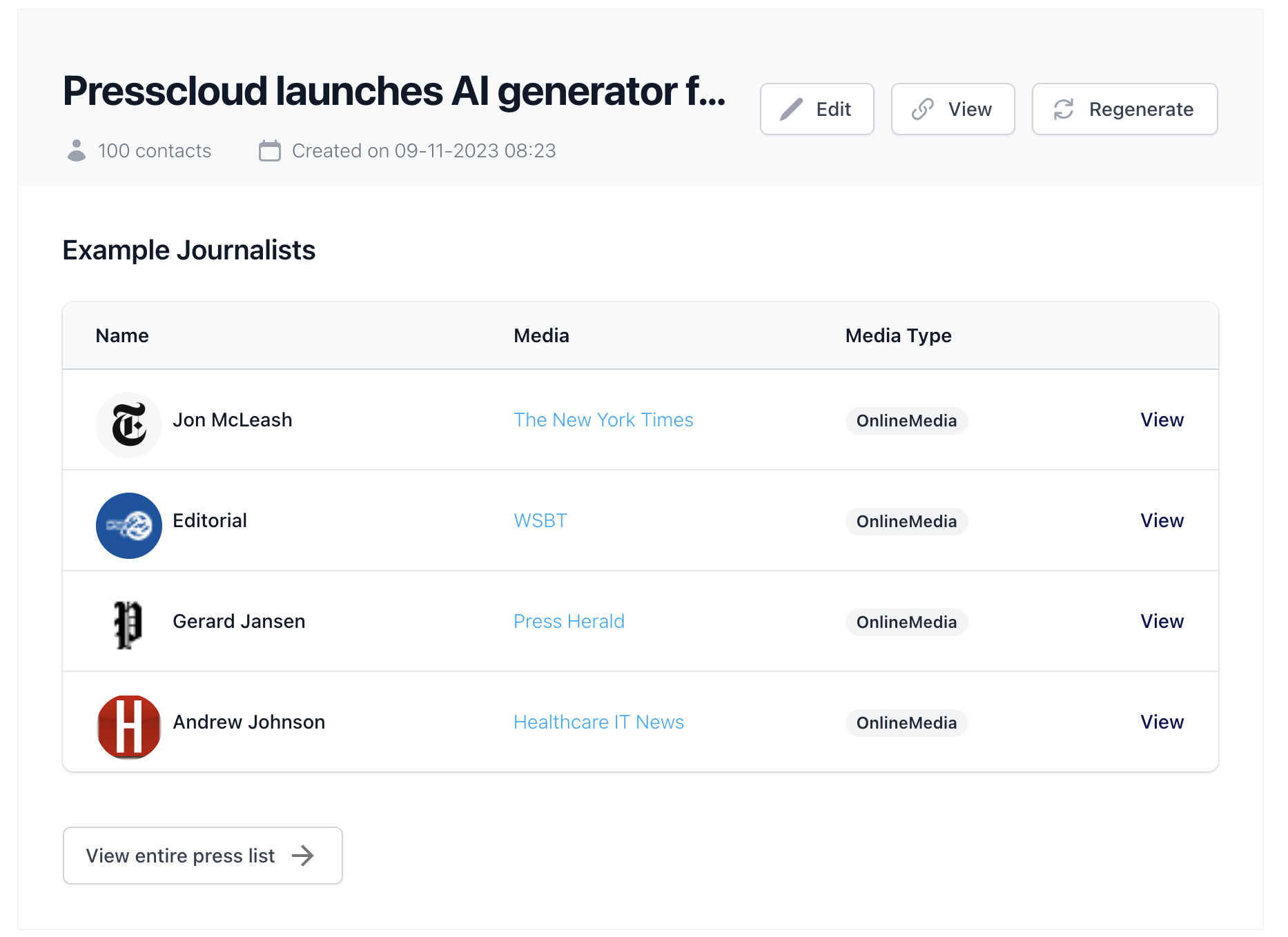Mastering the craft of SEO for your blog articles is crucial in today's content-saturated digital environment. To stand out, you need more than just quality content; you need a strategy that ensures your articles are noticed, read, and shared. Drawing from the wisdom shared in a LinkedIn post by [Author's Name], this comprehensive guide will walk you through an 11-point checklist to optimize your blog articles for search engines effectively.
Word Count Wisdom: Striking the Balance Between Depth and Brevity Your article's word count is a balancing act between providing enough detail for depth and brevity for engagement. Aim for a total word count between 1,000 to 2,000 words, and structure your content for skimmers—using proper spacing to embrace white space is key.
Hierarchy of Headings: Structuring for Success Utilize headings effectively. Your H1s through H4s aren't just for show; they guide the reader through your article. As [Author's Name] from the LinkedIn post suggests, make your headings informative to add value at every level of the reader's journey.
Keyword Clusters: Maximizing Reach While having one focus keyword is essential, incorporating 2-10 related keywords can help you rank for a broader range of terms and draw more traffic to your article.
External Links: Expanding Horizons Link out to at least two high-authority websites. Doing so not only adds depth to your content but also provides a valuable resource for your readers, which is always a best practice in SEO.
Internal Linking: Weaving a Web of Content Link to at least three relevant pages on your site to keep the reader engaged. This internal linking is pivotal for SEO, as it builds a sitemap that search engines love and encourages readers to stay longer on your platform.
Imagery that Informs: Enhancing Visual Appeal Include at least four images with descriptive alt tags. Images break up the text and can significantly enhance user experience, which in turn, can positively impact your SEO rankings.
Featured Image: The First Impression A captivating featured image can draw readers in. Create an engaging image for each post to make your articles more visually appealing and professional.
Permalinks: The Pathway to Remember Craft a simple, short permalink for each article, ideally using your target keyword. A complicated URL is hard to remember and less likely to be shared, which can affect your SEO performance.
Lead Magnet Offer: Converting Traffic into Leads Incorporate a lead magnet into your blog design. This conversion tool turns casual readers into subscribers and potential leads, which is a goal underscored in the original LinkedIn post by [Author's Name].
Complementary Video: Taking the Experience Further Include a high-value video to enrich your article. Whether it's a self-made video or a relevant YouTube embed, videos can take your content to the next level, as noted by [Author's Name] on LinkedIn.
Social Sharing: Amplifying Your Message Facilitate easy social sharing by including visible and accessible share buttons. As the LinkedIn post advises, this step can extend the reach of your content and improve your article's SEO performance by signaling its value to search engines.
In summary, these 11 tips form a robust framework for optimizing your blog articles for SEO. They're derived from tried-and-true strategies that cater to both the search engine algorithms and user experience—ensuring that your content not only ranks well but also meets the needs of your readers. Read the full post here.




